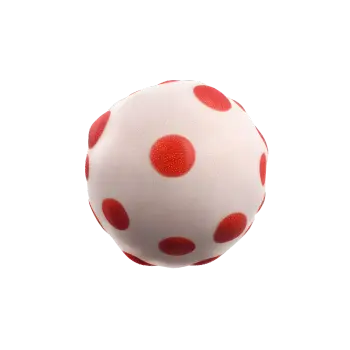What causes chickenpox:
Chickenpox is caused by a virus called varicella zoster. Chickenpox is very easily transmitted by direct contact and through the air around the sick person. The incubation period for chickenpox varies between 10 and 21 days, but is usually about two weeks. Because chickenpox is contagious before the first symptoms break out, it is difficult to stop the spread and many students in pre-school groups and school classes can get sick at the same time. If you have had chickenpox once or been vaccinated against the disease, you are then immune for the rest of your life.
If you have had chicken pox, your body has formed antibodies against the varicella zoster virus. If you do not know whether you have had the disease, you can do a test that will give you the answer to whether you have received antibodies against chicken pox.
There are people who have had chickenpox twice, but this is very rare. Varicella zoster belongs to a group of viruses (herpes viruses) that are characterized by lying dormant in the body after the infection has healed and can be reactivated later in life. If varicella zoster flares up again, it may not cause chickenpox a second time, but another disease called shingles. Unfortunately, you can get shingles several times, you do not become immune.
Chickenpox - course and symptoms
The typical course of the disease in chickenpox is: Two to three weeks without symptoms (incubation period) Fever, fatigue, body aches malaise for one to two days before the rash. Then comes an itchy rash, which goes through three phases:
First small raised dots appear. On light skin, the rash is visible as red, on dark skin, the redness is harder to see. It can start with occasional rashes, usually on the chest, stomach or back, which then become more and more numerous.
After a few days, each dot has become an itchy fluid-filled blister with clear contents. They sit one by one and can vary in size. On fair skin, red rashes are visible under the blisters. On dark skin, the clearest characteristic is the blisters themselves, which are fluid-filled and slightly lighter than the skin underneath.
Eventually the blisters burst and the fluid leaks out. After the blisters burst, scabs form which take a few more days to heal. Over the course of a few days, more and more new spots appear while others have turned into blisters.
All three phases – dots, blisters and crusts – can occur simultaneously. After a few days, new dots stop appearing and the disease begins to heal. It can take up to two weeks from the first symptoms until the last scabs have healed. In some children, the fever may come and go during recovery, and it is not entirely uncommon to get secondary bacterial infections such as swine pox (impetigo). Some children get a few spots while others get a rash all over their body. Sometimes blisters can form in the throat, eyes, mucous membranes in the abdomen and on the genitals.
What can I do myself?
There is a lot you can do yourself to relieve chickenpox. It is above all about relieving itching and reducing the risk of infected wounds and other complications.
Keep the skin clean. Make sure the skin is clean to avoid the risk of infected wounds. Fever can make the skin sweat, which increases itching. Wash with water and mild soap and pat the skin dry gently with a clean towel.
Check the nails. Reduce the risk of lacerations by making sure that the nails are not sharp. Cut or file the nails.
Try to calm the itching. Anything that can reduce the itching makes the disease easier. It becomes easier to sleep and reduces the risk of infection in torn wounds. There are many tricks, try what works best. In pharmacies, there are several non-prescription alternatives that can relieve itching. There are also over-the-counter antihistamine drugs (the same as for allergies) that can be used against itching. Ask the staff at the pharmacy for advice.
Airy clothes. Use airy clothes and leave smaller children without diapers as much as possible to reduce itching .
Avoid cortisone and ibuprofen. These drugs can increase the risk of complications in different ways. Instead, use medicines containing paracetamol to reduce fever and other methods to relieve itching.






















